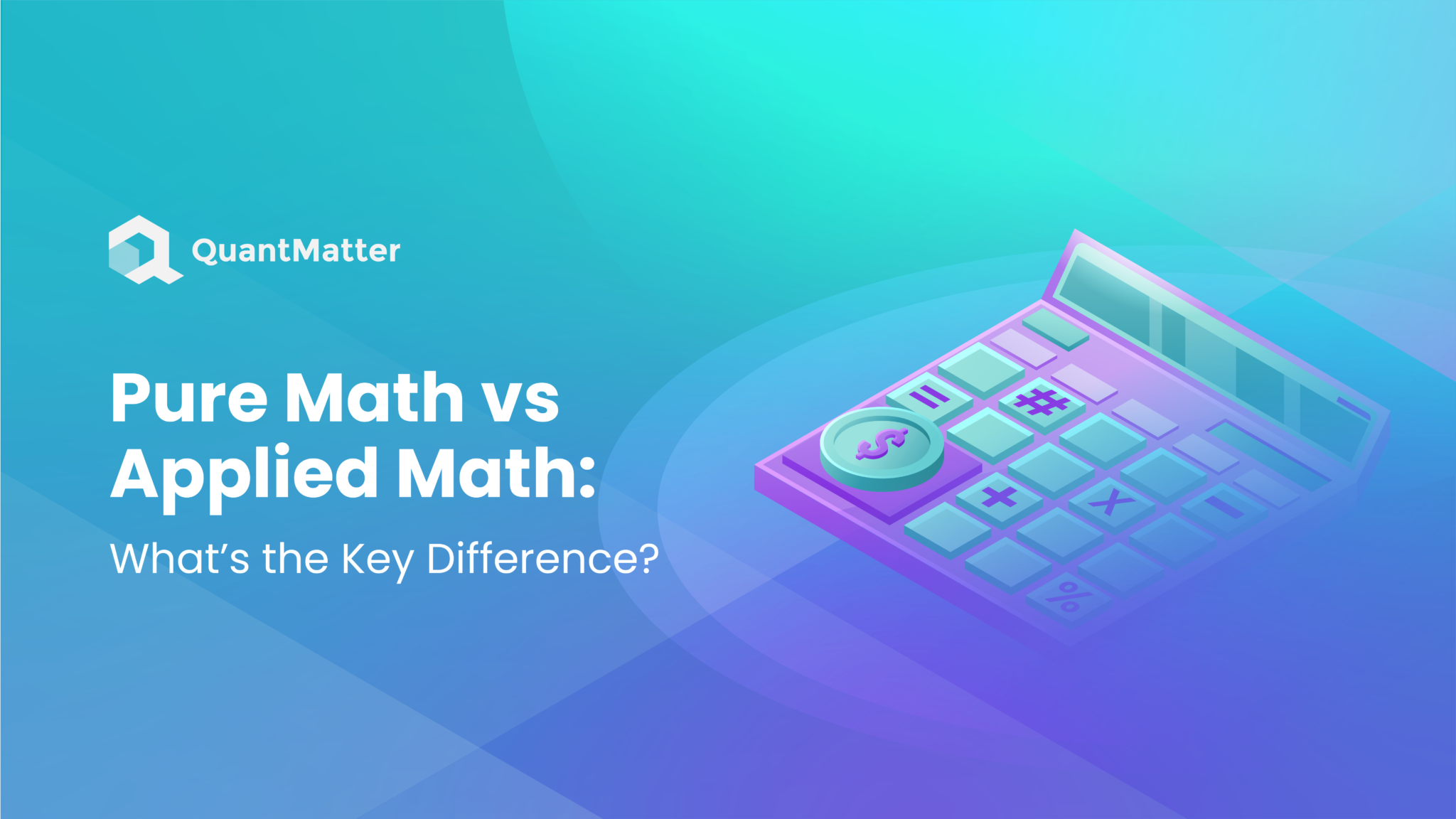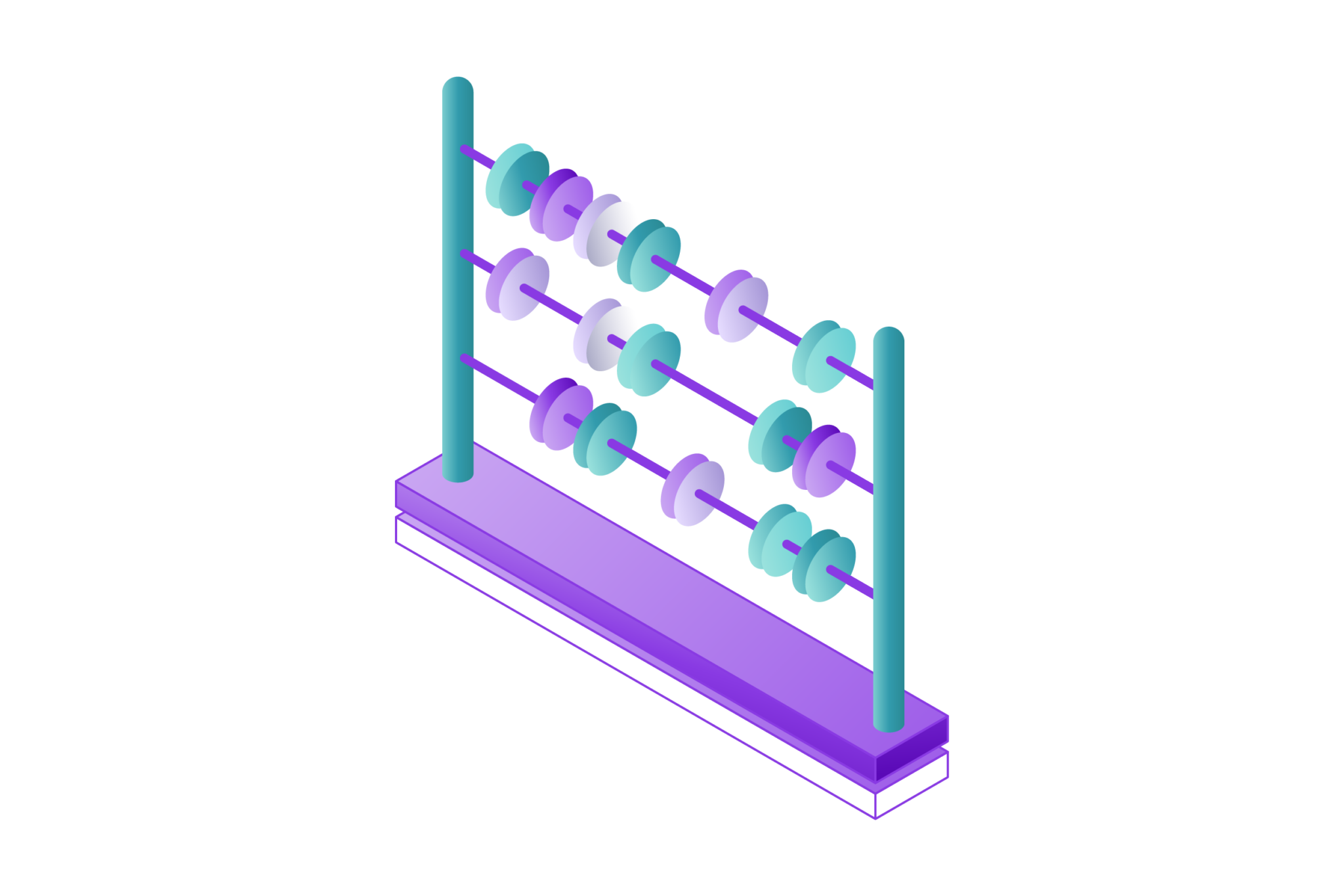
Mathematics is a vast and intricate field, often divided into two primary branches: pure mathematics and applied mathematics. While these branches are connected by their reliance on mathematical principles, they diverge significantly in their approach, purpose, and application. Pure mathematics is driven by the pursuit of knowledge for its own sake, focusing on abstract theories and concepts that may not have immediate practical applications. In contrast, applied mathematics is centered on solving real-world problems, using mathematical techniques to find solutions to issues in science, engineering, econometrics, and beyond.
For students, educators, and professionals, understanding the distinction between pure and applied mathematics is crucial. It not only influences academic and career choices but also shapes how one perceives and interacts with the world. Whether you’re intrigued by the beauty of mathematical proofs or motivated by the desire to apply mathematical knowledge to practical challenges, knowing the key differences between these two fields can guide you toward a path that best aligns with your interests and goals.
In this comprehensive guide, we will explore the core differences between pure and applied mathematics, delve into the specific areas of study within each branch, and examine the career opportunities available to those who specialize in these fields. By the end of this article, you’ll have a deeper understanding of the unique characteristics of pure and applied mathematics, helping you make an informed decision about which direction might be right for you.
What is Pure Mathematics?

Pure mathematics is the study of mathematical concepts independently of any application outside mathematics. It is often described as “mathematics for its own sake,” where the primary goal is to discover new mathematical truths and build theoretical frameworks. This branch of mathematics is concerned with abstract structures, logical reasoning, and the development of new theories.
Key areas of pure mathematics include:
- Algebra: The study of mathematical symbols and the rules for manipulating these symbols. It includes topics like group theory, ring theory, and field theory.
- Number Theory: Often referred to as “the queen of mathematics,” number theory is the study of integers and integer-valued functions. Famous problems in this field include Fermat’s Last Theorem and the Goldbach Conjecture.
- Geometry: The study of shapes, sizes, and properties of space. This includes both classical Euclidean geometry and more abstract areas like differential geometry and algebraic geometry.
- Topology: Sometimes described as “rubber-sheet geometry,” topology focuses on the properties of space that are preserved under continuous deformations. It’s a key area in understanding the structure of space at a very abstract level.
- Mathematical Logic: The study of formal systems and symbolic reasoning. This area is foundational to all of mathematics, providing the tools needed to formulate and prove mathematical statements.
Pure mathematics often involves the process of proving theorems—statements that have been logically derived from axioms, which are the foundational truths assumed within a mathematical system. The pursuit of proofs is central to pure mathematics, ensuring that all results are rigorously validated and contributing to the broader mathematical knowledge base.
Also Read: FDV vs Market Cap: Understanding the Key Differences
Pure mathematics may seem detached from practical concerns, but its discoveries often find applications years, or even centuries, after they are first developed. For example, number theory was once considered a purely theoretical field with no practical use, but it now underpins modern cryptography, which is essential for secure communication in the digital age.
What is Applied Mathematics?

Applied mathematics is the branch of mathematics that focuses on mathematical methods and techniques that are typically used in practical fields such as science, engineering, business, and industry. Unlike pure mathematics, which is concerned with abstract concepts, applied mathematics is directly involved in the process of solving real-world problems.
Key areas of applied mathematics include:
- Mathematical Modeling: The process of creating mathematical representations of real-world systems. This can include anything from predicting the spread of diseases to modeling the behavior of financial markets.
- Statistics and Probability: These areas are used to analyze data and make predictions about future events. They are essential in fields like economics, engineering, medicine, and social sciences.
- Computational Mathematics: This involves the use of algorithms, numerical methods, and computer simulations to solve complex mathematical problems that are too difficult to solve analytically.
- Operations Research: This area focuses on optimizing processes and decision-making, often in business or logistics contexts. It includes techniques such as linear programming, game theory, and network theory.
- Differential Equations: These equations describe the relationship between functions and their derivatives and are used extensively in engineering, physics, economics, and other fields to model dynamic systems.
Applied mathematics is inherently interdisciplinary. Applied mathematicians often work closely with professionals from other fields to develop models, analyze data, and interpret results. This collaboration ensures that mathematical solutions are not only theoretically sound but also practically viable.
One of the defining features of applied mathematics is its adaptability. Applied mathematicians must be able to understand the specifics of the problem at hand, translate it into a mathematical framework, and then apply the appropriate mathematical techniques to find a solution. This requires a strong foundation in mathematics as well as a deep understanding of the application area.
The Interconnection Between Pure and Applied Mathematics

While pure and applied mathematics are often viewed as distinct disciplines, they are deeply interconnected. Discoveries in pure mathematics frequently find applications in applied mathematics, sometimes long after the original theoretical work was completed. Conversely, problems in applied mathematics can inspire new areas of research in pure mathematics.
For instance, the development of Fourier analysis in pure mathematics was initially driven by a desire to understand heat conduction. Today, Fourier analysis is a critical tool in signal processing, image analysis, and even quantum mechanics. Similarly, the theory of differential equations, which began as a tool for understanding physical phenomena, has grown into a rich area of pure mathematics with applications in many fields.
Another example of this interconnection is in the field of cryptography. While much of the mathematical theory behind modern cryptographic systems was developed in the context of pure mathematics, particularly in number theory and algebra, these theories are now applied in securing digital communications, online transactions, and data encryption.
The interplay between pure and applied mathematics highlights the importance of both fields. While pure mathematics provides the theoretical foundation and tools, applied mathematics takes these tools and uses them to solve practical problems. This symbiotic relationship ensures that mathematics as a whole continues to grow and evolve, pushing the boundaries of what we know and what we can achieve.
Key Differences Between Pure and Applied Mathematics
While pure and applied mathematics both deal with mathematical concepts, their approaches, goals, and methodologies are distinct. The key differences between these two branches can be summarized as follows:
Purpose
The primary goal of pure mathematics is to advance mathematical knowledge for its own sake. Applied mathematics, in contrast, is focused on using mathematical techniques to solve practical problems in various fields.
Methods
Pure mathematics emphasizes the development of new theories and the proof of mathematical theorems. Applied mathematics involves creating mathematical models and using numerical methods to analyze and solve real-world problems.
Interdisciplinary Nature
Pure mathematics is largely self-contained, with a focus on abstract reasoning and logical consistency. Applied mathematics is inherently interdisciplinary, requiring collaboration with experts in other fields to address specific problems.
Career Paths
Careers in pure mathematics are often centered around academia and research institutions, where the focus is on teaching and theoretical research. Applied mathematicians have a broader range of career options, including roles in industry, government, healthcare, finance, and technology.
Impact
The impact of pure mathematics is often indirect, providing the foundational theories that underpin various scientific and technological advancements. The impact of applied mathematics is more immediate, with direct applications in solving real-world problems.
Understanding these differences is crucial for anyone considering a career in mathematics. While both paths require strong analytical skills and a deep understanding of mathematical principles, the day-to-day work and long-term goals can be quite different depending on whether one chooses to specialize in pure or applied mathematics.
Educational Pathways for Pure and Applied Mathematics
The educational journey for pure and applied mathematicians typically begins with a strong foundation in general mathematics at the undergraduate level. As students progress, they have the opportunity to specialize in either pure or applied mathematics, depending on their interests and career goals.
Pure Mathematics Education
Students interested in pure mathematics often pursue a curriculum that includes advanced courses in algebra, number theory, geometry, topology, and mathematical logic. These courses are designed to deepen their understanding of abstract mathematical concepts and prepare them for research in mathematics. Many pure mathematicians go on to earn a Ph.D., which is typically required for academic and research positions. Graduate students in pure mathematics focus on a specific area of research, working closely with a faculty advisor to contribute new knowledge to the field.
Also Read: DEX Liquidity: The Ultimate Guide to Understanding
Applied Mathematics Education
Students pursuing applied mathematics take courses in mathematical modeling, statistics, computational mathematics, and specific application areas such as physics, engineering, or econometrics. Applied mathematics programs often emphasize interdisciplinary study, allowing students to gain expertise in both mathematics and another field of interest. A master’s degree or Ph.D. in applied mathematics or a related field is often required for advanced positions in industry or academia. Many applied mathematics programs also include practical training through internships or research projects, providing students with hands-on experience in solving real-world problems.
Both educational pathways require a strong commitment to learning and a passion for mathematics. However, the focus and methods of study can vary significantly depending on whether a student is pursuing pure or applied mathematics. Those interested in pure mathematics should be prepared for a deep dive into abstract theories and the development of new mathematical ideas, while students of applied mathematics should be ready to tackle practical problems and work across disciplines to apply mathematical techniques in real-world settings.
Conclusion
The choice between pure and applied mathematics is not just a matter of academic preference—it can also shape your career and influence how you contribute to society. Pure mathematics offers the thrill of exploring abstract ideas and discovering new truths, while applied mathematics provides the satisfaction of solving tangible problems and making a direct impact on the world.
As we’ve seen, the two fields are deeply interconnected. Theoretical discoveries in pure mathematics often lay the groundwork for practical applications that may not emerge until years later. Conversely, challenges encountered in applied mathematics can inspire new areas of research in pure mathematics, driving the development of new theories and methods.
For those drawn to the elegance of abstract reasoning and the challenge of rigorous proof, a career in pure mathematics offers the opportunity to contribute to the fundamental understanding of mathematics and its many facets. Whether in academia, research, or specialized industries like cryptography, pure mathematicians play a crucial role in advancing mathematical knowledge.
On the other hand, if you’re passionate about using mathematics to solve real-world problems, applied mathematics offers a diverse and dynamic career path. From engineering and finance to healthcare and technology, applied mathematicians are in demand across a wide range of industries. Their ability to model complex systems, analyze data, and develop practical solutions makes them invaluable in addressing some of the most pressing challenges of our time.
Ultimately, the decision between pure and applied mathematics should be guided by your interests, strengths, and career aspirations. Both fields offer rewarding opportunities, and both are essential to the advancement of mathematics as a whole. Whether you choose to explore the theoretical depths of pure mathematics or apply mathematical principles to real-world problems, your contributions will be part of a rich and evolving tradition of mathematical inquiry.
Disclaimer: The information provided by Quant Matter in this article is intended for general informational purposes and does not reflect the company’s opinion. It is not intended as investment advice or a recommendation. Readers are strongly advised to conduct their own thorough research and consult with a qualified financial advisor before making any financial decisions.

I'm Carina, a passionate crypto trader, analyst, and enthusiast. With years of experience in the thrilling world of cryptocurrency, I have dedicated my time to understanding the complexities and trends of this ever-evolving industry.
Through my expertise, I strive to empower individuals with the knowledge and tools they need to navigate the exciting realm of digital assets. Whether you're a seasoned investor or a curious beginner, I'm here to share valuable insights, practical tips, and comprehensive analyses to help you make informed decisions in the crypto space.
- Carinahttps://quantmatter.com/author/carina/
- Carinahttps://quantmatter.com/author/carina/
- Carinahttps://quantmatter.com/author/carina/
- Carinahttps://quantmatter.com/author/carina/
